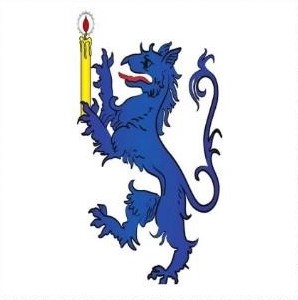With the 2024 A&S champions competition quickly approaching, I wanted to share some data analytics from the past few years of champs competitions to give people a better understanding of “how the sausage is made.” My hope is that this will help alleviate some anxiety around scoring and provide useful insight into the process. First we’ll analyze the numbers, then discuss how that affects finalist selection and champion selection.
Before we take a look at the data from past years, I want to put things in context with the rubric. The maximum number of points possible is 48. To my knowledge, no one has ever received that score. Looking at the rubric, a score of all 6’s would be 48, score of all 5’s would be 40, and a score of all 4’a would 32.
So, now, the numbers:
2021:
Total number of entrants: 18
Number of finalists: 5
Average of all scores: 29.85
Average of finalists’ scores: 37.8
2022:
Total number of entrants: 19
Number of finalists: 6
Average of all scores: 29.57
Average of finalists’ scores: 38
2023:
Total number of entrants: 8
Number of finalists: 4
Average of all scores: 30.9
Average of finalists’ scores: 33.8
I’m not providing minimum and maximum scores, as that would be a breach of confidentiality, but I hope this gives you a clearer picture of how the scoring falls.
Note that the average finalist scores are all in the 30’s. This means that a mix of mostly 4’s and 5’s (and no 6’s!) is what you needed to get into the finals in these years. We’ve even had finalists – and winners – who have received a lower number in one particular subsection of the rubric. And the exact numbers needed to make the finals change from year to year, based on what the scores are that year.
You may have also noticed that the number of finalists is not always the same. That’s because we try to make the number of finalists proportional to the number of total entrants. In addition, if there are several scores on the high end that are all very close to each other, we have historically increased the number of finalists to include more high scores.
So, this gives you a picture of how we progress from the first round to the second round. How do we get from the second round to the champions? A job interview. That’s really what the meeting with the royals is all about. They want to hear about how awesome your art is, how you would be a champion for the A&S community, and what you would want to do as champion. Those scores we calculated in the first round? Those might not even come into play in the final round.
At the end of the day, the role of a champion is a job. A job determined by competition, but nonetheless, a job. And while it is certainly disappointing not to be named champion, or not to make it to the final round, ultimately, neither of those determine the worth of your art. A low score does NOT mean you made a bad thing. It means the thing you made and the rubric didn’t get along with each other (and that’s a whole other essay!).
I hope this helps people understand that winning champs is less about getting a “perfect score” and more about growing and pushing your comfort level as an artisan. Every artisan who enters can win on a personal level if they have experienced growth on their journey to the competition.
-Amalie von Hohensee
KMoAS
